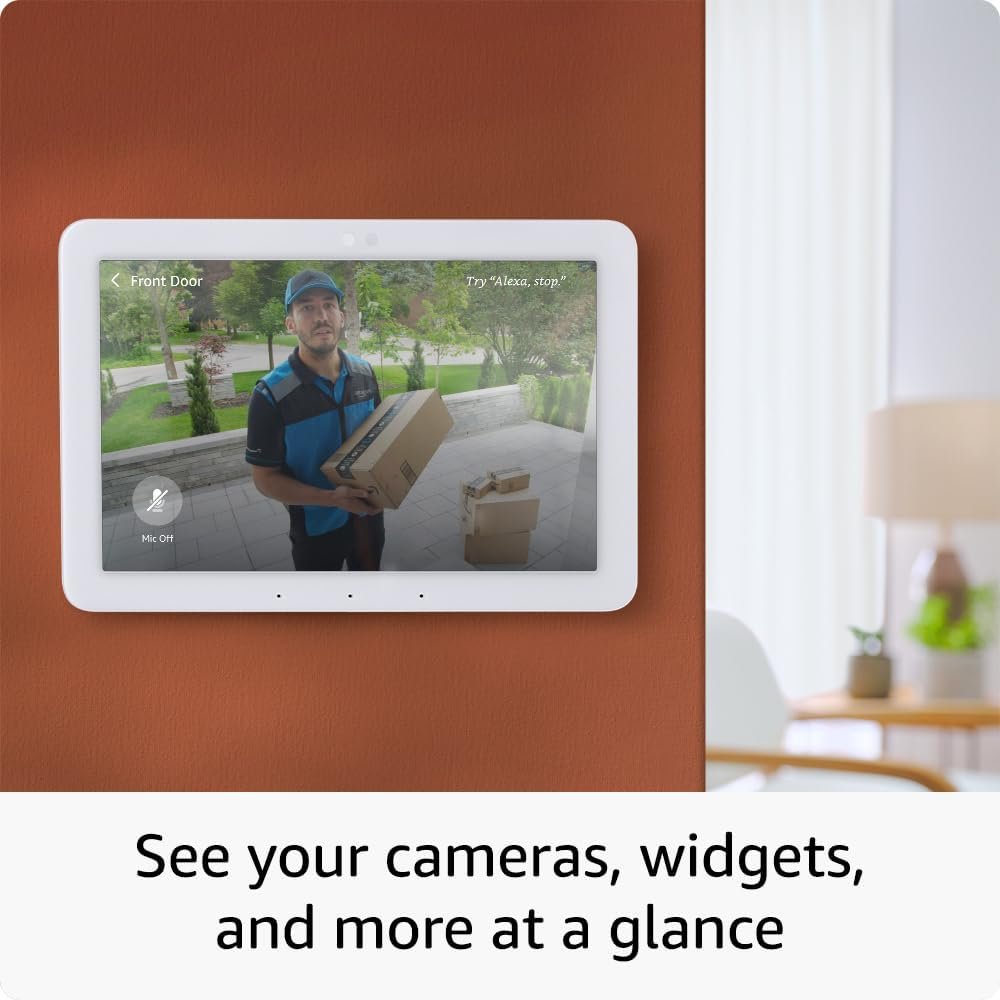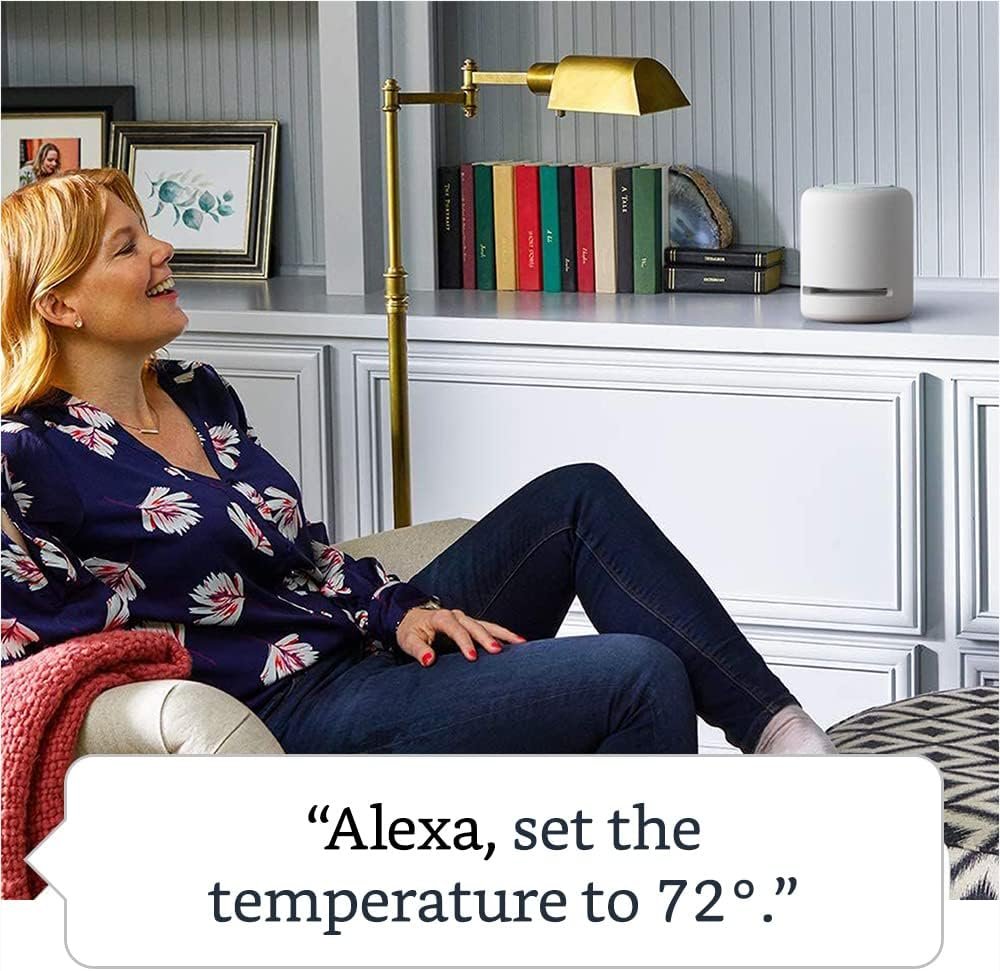Have you ever wondered what devices are supported by Home Assistant Green? With the rapid advancements in smart home technology, it’s important to know which devices will seamlessly integrate with your ecosystem. I’m here to guide you through the various devices compatible with Home Assistant Green, ensuring you can make the most of your smart home system. This article will explore different categories of devices, how they work with Home Assistant Green, and what you need to consider when expanding your smart home setup.

What Is Home Assistant Green?
Before diving into the list of supported devices, let’s briefly discuss what Home Assistant Green is. Home Assistant is a popular, open-source platform that allows users to automate and control various smart devices from one unified interface. Home Assistant Green, in particular, is a streamlined version of this software designed to be user-friendly and accessible.
Features of Home Assistant Green
Home Assistant Green stands out due to its simplicity and ease of use, making it a favored choice for those new to home automation. It provides a user-friendly interface while retaining the powerful capabilities of the original Home Assistant platform. This version simplifies setup and emphasizes compatibility with a wide range of devices, offering an efficient way to manage your smart home.
An Overview of Supported Devices
Now that we’ve established what Home Assistant Green is, let’s explore the types of devices it supports. One of the most remarkable aspects of Home Assistant Green is its ability to integrate with a vast number of devices across various categories.
Categories of Supported Devices
Home Assistant Green can interface with smart devices from multiple categories, ranging from lighting and security to entertainment systems. Understanding these categories can help you tailor your smart home setup to your specific needs. Here’s a breakdown of the main categories:
- Lighting
- Security and Surveillance
- Climate Control
- Entertainment
- Appliances
- Voice Assistants and Hubs
Each category features various devices that cater to different aspects of home automation, ensuring a comprehensive smart home experience.
Lighting
Let’s start with one of the most common entries into home automation—smart lighting. Lighting controls can vastly improve energy efficiency and add convenience.
Smart Bulbs and Lights
Smart bulbs and light strips are widely compatible with Home Assistant Green. Popular brands include Philips Hue, LIFX, and TP-Link, among others. These smart bulbs allow you to adjust brightness, color, and schedule activation, providing both practical and decorative lighting solutions.
Smart Switches and Dimmers
Smart switches and dimmers, like those from Lutron or TP-Link, give you control over your existing non-smart bulbs by making the wall switch itself smart. These devices can be particularly useful for managing lighting throughout the entire house without needing to replace every bulb with a smart one.

Security and Surveillance
Security is a top priority in many smart homes, and Home Assistant Green supports a variety of devices designed to keep your home safe.
Smart Cameras
Smart cameras like those from Ring, Nest, and Arlo are compatible with Home Assistant Green. These devices offer live video feeds, motion detection, and even some with facial recognition capabilities. Integrating these cameras allows you to monitor your home remotely and automate alerts.
Smart Locks
Integrate smart locks from brands like August or Schlage into Home Assistant Green to enhance your home’s security. These locks can be controlled remotely to lock or unlock doors and can provide notifications when someone enters or exits, ensuring peace of mind when it comes to home access.
Motion Sensors and Detectors
You can also integrate motion sensors and detectors, such as those from Aeotec or Fibaro, to automate lights or send alerts when motion is detected. These sensors can form part of sophisticated security setups or simply assist with energy-saving lighting controls.
Climate Control
Climate control devices help maintain a comfortable environment in your home while also promoting energy efficiency.
Thermostats
Compatible smart thermostats, like those from Nest, Ecobee, or Honeywell, allow for advanced control over your home’s heating and cooling. Using Home Assistant Green, you can create schedules or even enable smart features such as learning your preferences over time to optimize settings for comfort and efficiency.
Smart Fans
Smart fans can be an excellent addition to your climate control system. Brands like Hunter or Modern Forms offer fans that can be integrated with Home Assistant Green to automate airflow based on the room’s temperature or your specified schedule.
Entertainment
For many, the smart home experience isn’t complete without integrating entertainment systems.
Smart TVs and Streaming Devices
Home Assistant Green supports smart TVs and streaming devices from brands like Samsung, LG, and Roku. These devices can be controlled to play or pause media, switch between apps, and even adjust the volume, all from the Home Assistant interface.
Smart Speakers
Integrate smart speakers like Sonos or those compatible with AirPlay to extend your home audio capabilities. These can be used to synchronize music throughout your home or control other smart devices using voice commands.

Appliances
Smart appliances elevate the convenience offered by a smart home, providing remote control and automation options.
Smart Refrigerators and Ovens
Brands like Samsung and LG offer smart refrigerators and ovens that can be integrated with Home Assistant Green. These appliances can assist with meal planning, inventory management, and even recipe suggestions based on available ingredients.
Smart Washers and Dryers
Additionally, smart washers and dryers from brands like Whirlpool or GE can be controlled from the Home Assistant interface, providing alerts when cycles are complete or allowing you to start a load from afar, adding convenience and efficiency to your daily routine.
Voice Assistants and Hubs
Voice assistants and hubs not only act as command centers but can also facilitate integration with other smart home devices.
Amazon Alexa and Google Assistant
Amazon Alexa and Google Assistant can both be linked with Home Assistant Green, allowing voice control over your smart home. This integration can convert natural language commands into actions carried out by your devices, providing a hands-free way to interact with your home.
Smart Hubs
Incorporating smart hubs like Samsung SmartThings or Wink can help bridge gaps between different platforms or devices, consolidating control and expanding the compatibility of Home Assistant Green.
Setting Up and Configuring Devices
With an understanding of the categories of devices supported, let’s look at how you can set them up in Home Assistant Green.
Initial Setup
The initial setup of Home Assistant Green generally involves downloading the Home Assistant software and installing it on a compatible device or server. You’ll also create a user account to manage your device integrations and automations.
Adding and Integrating Devices
Once your Home Assistant Green setup is complete, adding devices involves searching for integrations available for your specific smart devices. The platform provides a user-friendly interface to guide you through this process, ensuring that even beginners can easily integrate their devices.
Troubleshooting
Occasionally, you may encounter challenges when integrating new devices. Home Assistant Green offers plenty of resources through its community forums and documentation to help troubleshoot common issues, ensuring you get the most out of your smart home system.
Benefits of Using Home Assistant Green
After understanding the supported devices and setup process, it’s worth noting the benefits that come with using Home Assistant Green.
Unified Control
One of the primary benefits is the ability to manage all your smart devices from a single interface, simplifying control and eliminating the need for multiple apps.
Automation and Scheduling
Home Assistant Green’s automation capabilities allow you to create complex sequences of actions based on triggers such as time, motion, or voice commands, expanding the functionality of your smart home.
Security and Privacy
Being an open-source platform, Home Assistant Green emphasizes security and privacy, giving you control over data without relying on third-party cloud servers.
Considerations When Choosing Devices
While Home Assistant Green supports a wide range of devices, selecting the right ones requires considering your specific needs and preferences.
Compatibility
Ensure the devices you’re interested in are compatible with Home Assistant Green, as this will provide a smoother and more reliable integration experience.
Budget
Smart home devices can vary widely in price, so it’s essential to consider your budget when planning your setup. Some devices may offer advanced features at a higher cost, while others provide basic functionality at a more affordable price point.
Future Expansion
Consider how you might want to expand your smart home in the future. Selecting devices that offer scalability and flexibility will make it easier to add new devices and features as your needs evolve.
Staying Updated with Home Assistant Green
Home Assistant Green is a dynamic platform with a community-driven approach to updates and improvements. Regularly update your system to access new features, improved compatibility, and security enhancements.
Community Support
Engaging with the Home Assistant community can provide valuable insights, tips, and support, allowing you to get the most out of your smart home devices.
Exploring New Features
Stay curious and explore new features and integrations as they become available, ensuring your smart home remains cutting-edge and functional.
Conclusion
Embracing Home Assistant Green can significantly enhance your smart home experience by providing a central hub to manage an array of devices efficiently. From smart lighting and security to entertainment and appliances, the list of supported devices is extensive, catering to a wealth of different preferences and needs. By understanding the various categories and the steps to integrate each device type, you can fully harness the power of Home Assistant Green, creating a smart home that’s not only functional but also tailored uniquely to you.
Whether you’re just starting your smart home journey or looking to expand an existing one, Home Assistant Green offers a robust solution that seamlessly brings together the disparate elements of your home into a harmonious and automated whole.



